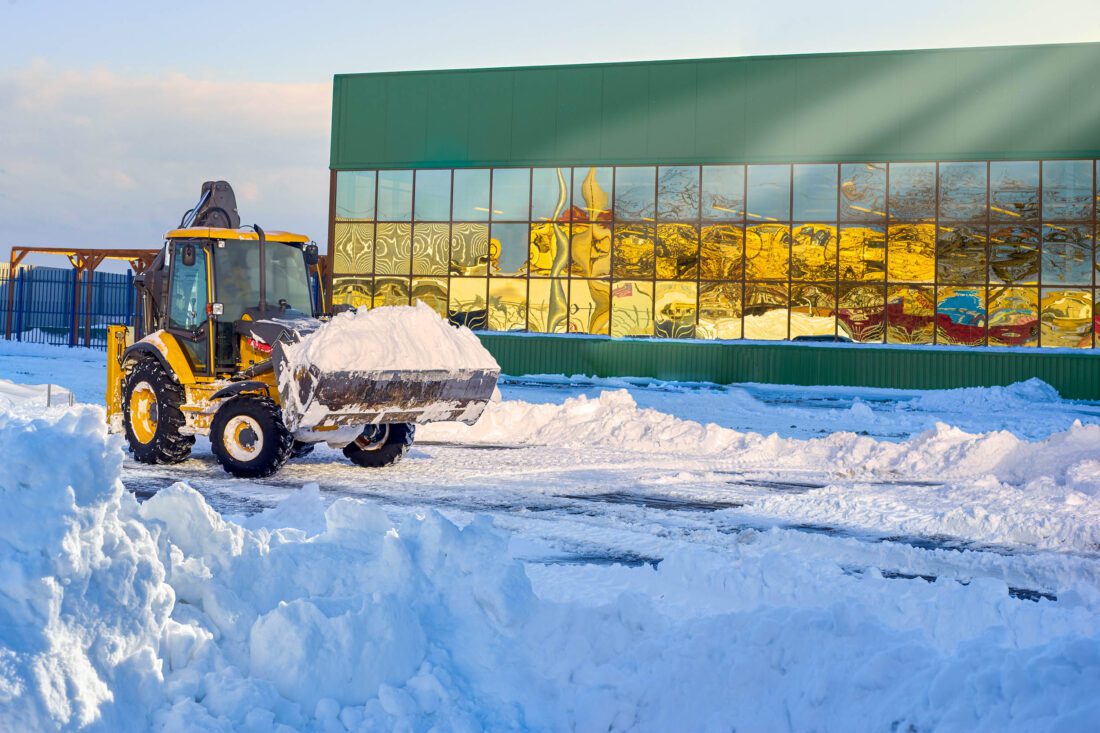Metal Buildings and Extreme Weather
The advantages of metal buildings are well-known. But can they stand up to the most severe weather conditions?
Virtually every region is subject to some sort of extreme weather—be it excessive heat, blizzards, wind or rain. To create structures that will last, builders must be aware of the types of extreme weather that may impact the buildings they construct and choose suitable designs and construction materials to withstand those conditions.
Metal buildings are surprisingly resilient in the face of most destructive weather events, even in comparison to more conventional and expensive designs. Here’s a look at some of the common weather threats and how metal buildings fare in response.

Hail
The interior of North America is especially susceptible to hail storms, and the hailstones can sometimes reach alarming sizes, causing catastrophic damage to buildings, vehicles, and people.
When roofing is penetrated by hail or other objects, the resultant leaks can lead to serious water damage in the interior of the structure, which can be expensive to remediate. In these types of conditions, metal roofing is superior to other options. Unlike asphalt or tile roofs, a metal roof is unlikely to be punctured or pierced in a hailstorm. It may become dented, which can be aesthetically unpleasant, but the dents are not likely to affect the roof’s structural integrity.
A metal roof’s vulnerability to hail depends mainly on two factors: the size of the hailstones and the thickness of the metal. Metal roofing material is typically tested for impact resistance to objects up to two inches in diameter. Obviously, some places can experience larger hailstones—which is where the thickness of the material becomes important. In these cases, thicker steel or aluminum may be called for. (With steel, the thickness increases as the gauge number decreases; by contrast, aluminum is measured in millimeters.)
A third factor that can have an effect on hail damage is the slope of the roof; a steeper slope can partially deflect the impact, lessening the damage.
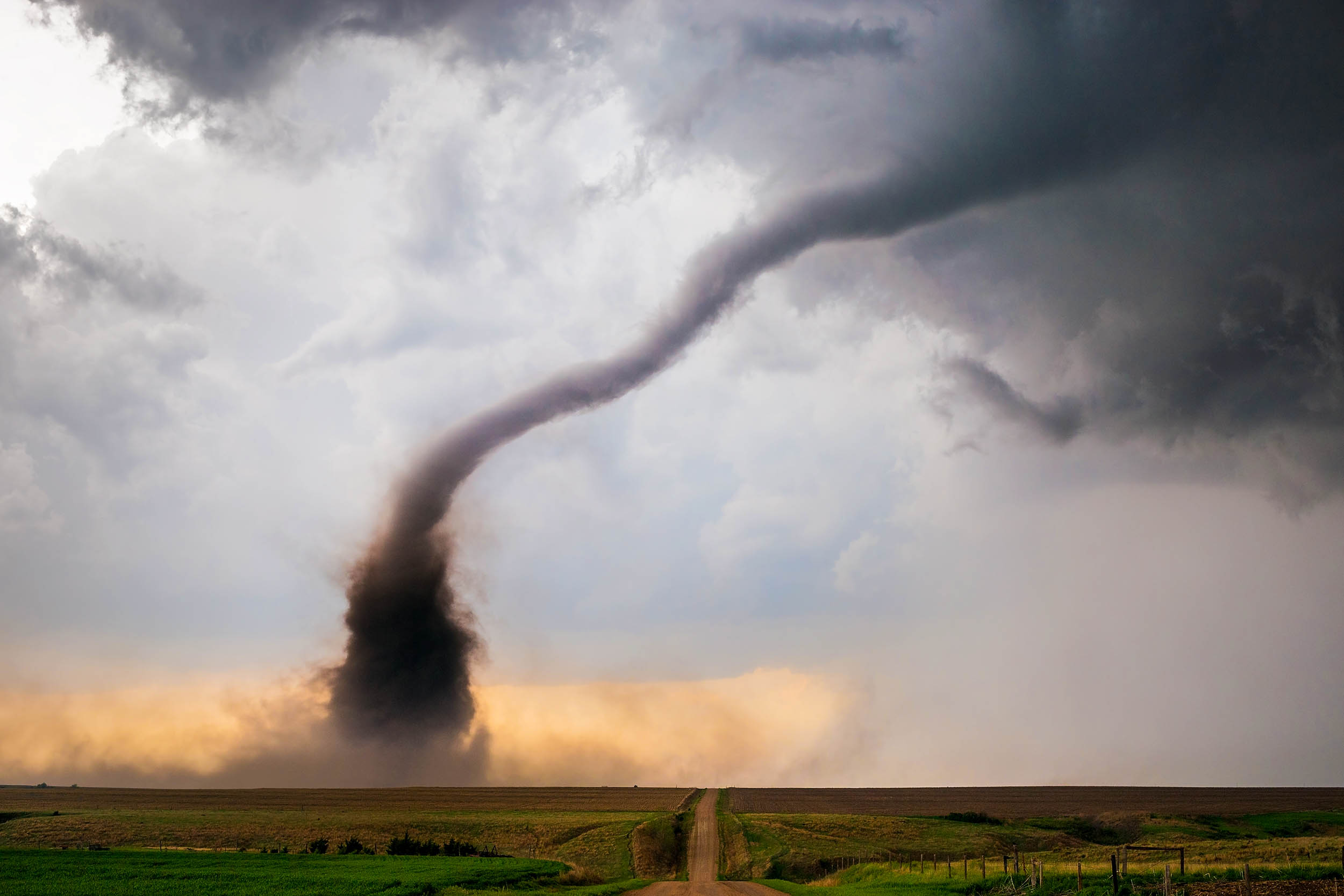
Wind
The most severe winds are those accompanying hurricanes and tornadoes. Hurricanes are a persistent threat in the Southeastern United States, and the Great Plains states are infamously referred to as “Tornado Alley.” Straight-line winds, also common on the Great Plains, can reach velocities as high as 100 MPH.
Steel has a superior strength-to-weight ratio, which makes it the ideal material for resisting high winds. Steel roof and wall panels are typically designed to resist winds in excess of 100 MPH, and sometimes much higher.
Wind uplift is the upward force applied to the roof and other elements of a structure by strong winds. Metal roof materials are typically subjected to testing that measures their resistance to uplift. Structural engineers can use the materials ratings to gauge their effectiveness in resisting uplift.
The foundation and frame of a building are also important in providing wind resistance. A steel frame remains among the best choices, superior to wood in strength, durability, and resistance to fire, moisture, and pests.
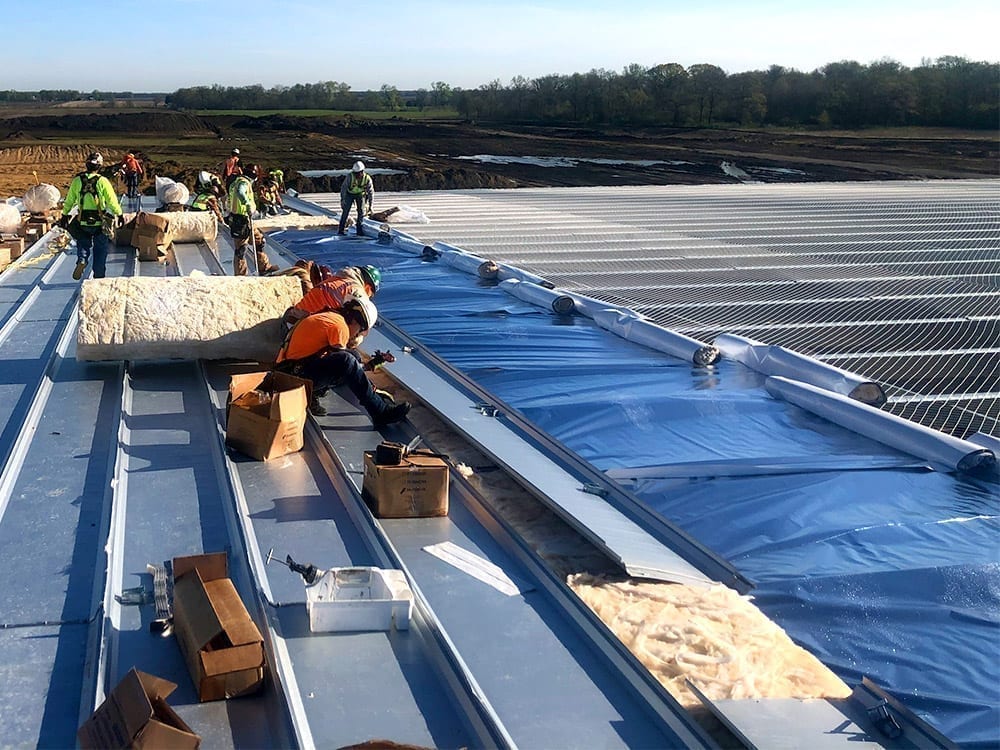
Heat and Cold
Thermal conductivity refers to the efficiency of a material in transferring heat. In protecting a structure from both extreme high and low temperatures, materials with low conductivity are preferred. Steel is a more conductive material than concrete or wood, so it requires effective insulation to protect a structure from temperature extremes.
Insulated concrete blocks, or insulated concrete foam, combine the thermal-resistant properties of foam with the strength of concrete, often reinforced with steel rebar.
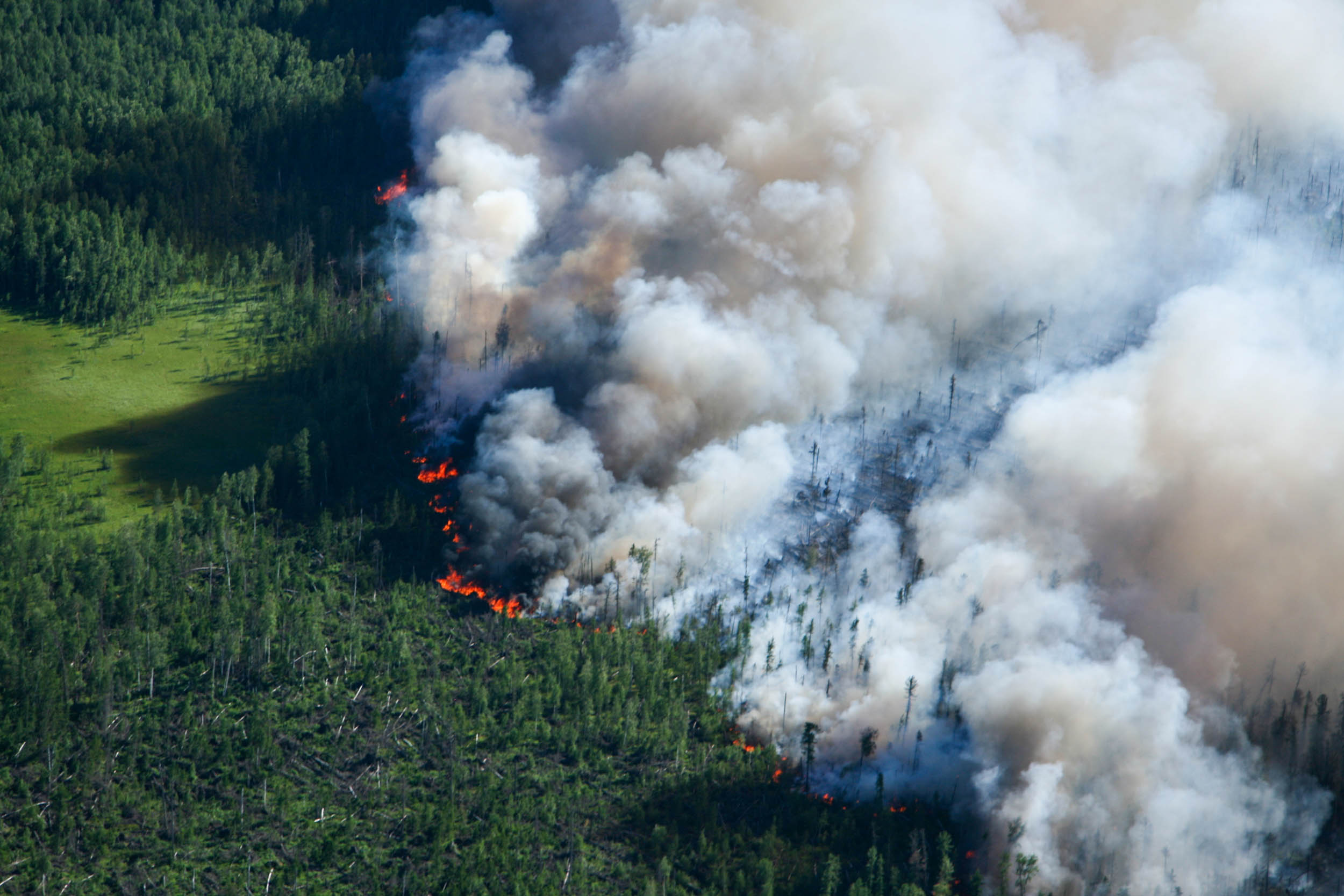
Fire
While not technically a weather feature, fire is a risk in all regions of the United States, especially the arid Southwest where wildfires are common. Being fireproof, metal is the ideal material for protecting the interior of a structure from fire. Concrete is also effective, while wood is obviously the most vulnerable material to fire risk.

Rain
All industrial roof materials are designed to repel water and prevent leakage. When properly installed and maintained, both metal and asphalt roofs perform this function effectively. However, asphalt shingles can deteriorate over time, buckling or chipping, leaving the roof vulnerable to leaks. On a metal roof, the fasteners and seams are the places most vulnerable to water penetration. So, the best designs make sure these areas are not exposed.
Water pooling on roofs is another potential hazard. It can lead to leakage or even collapse and can allow mold and pests to proliferate. The best safeguard against pooling is a properly designed and adequately sloped roof, whether composed of metal, asphalt or other material.
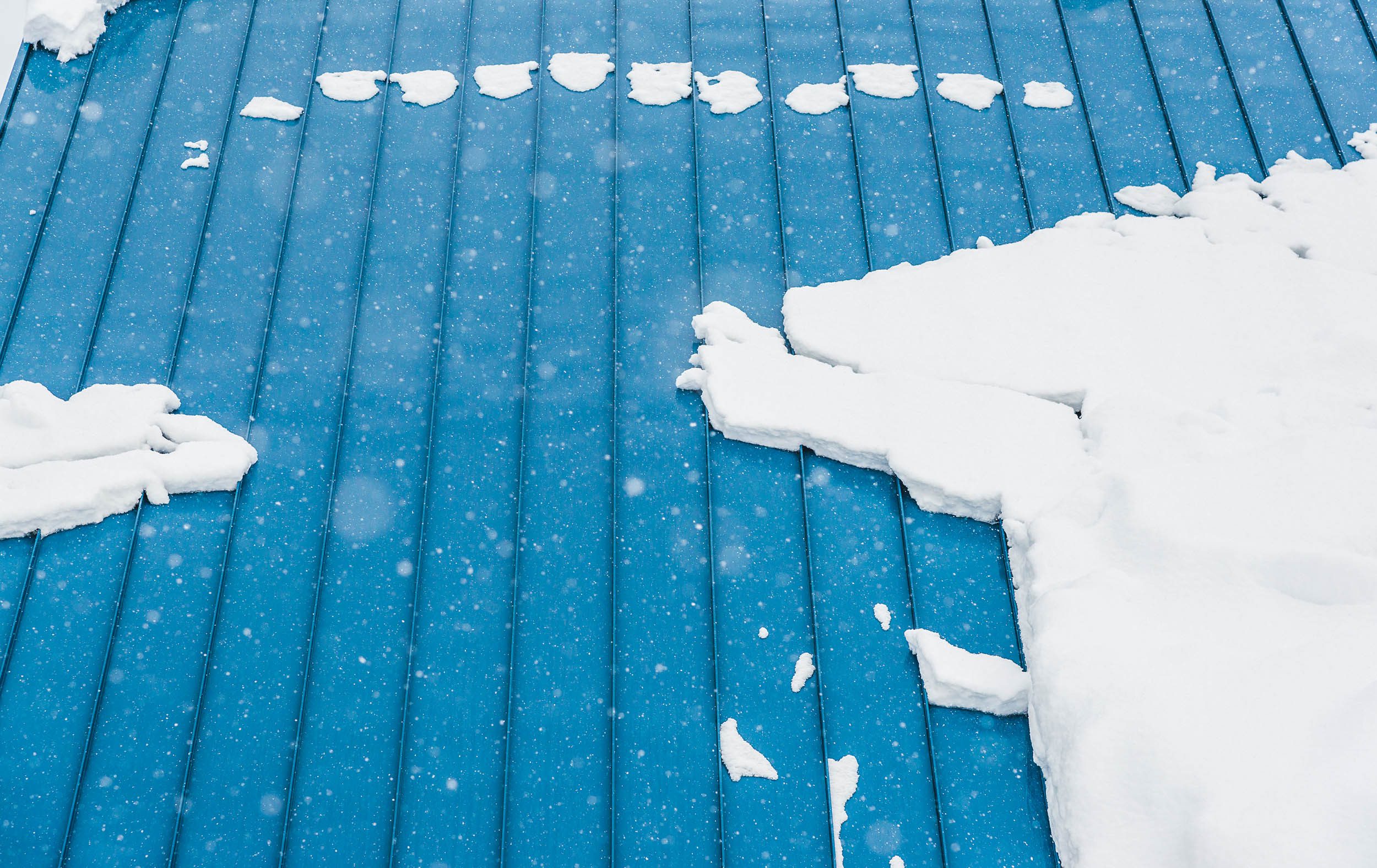
Snow
Snow that accumulates on rooftops can pose a serious hazard, as its weight can cause the roof material to buckle or collapse. Metal is superior in this regard because of its high tensile strength. The smooth surface of a metal roof also allows snow to slide off easily, especially if the slope is sufficiently steep.
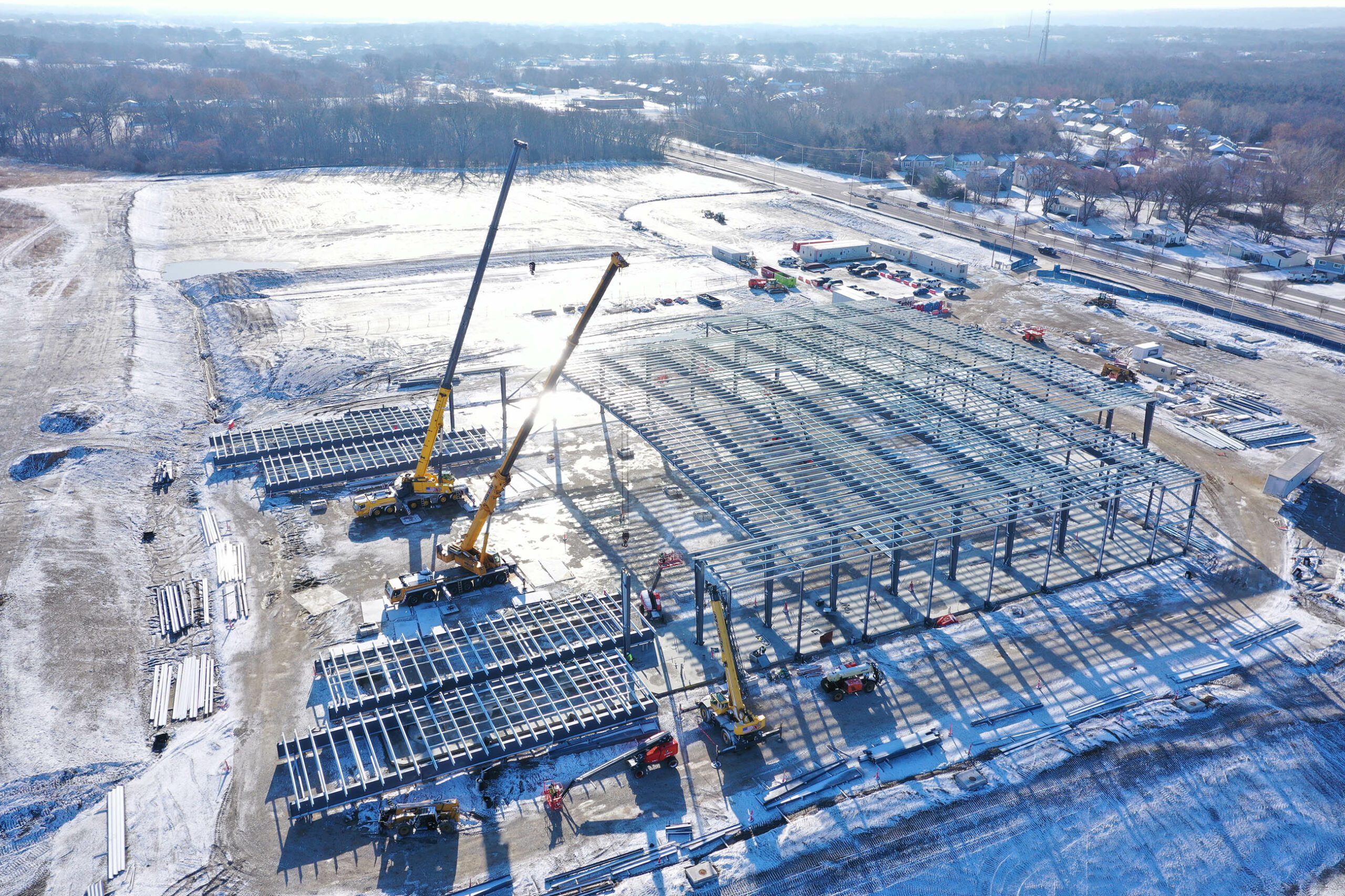
Metal Buildings–An Optimal Choice for All weather extremes
In the face of all these potential weather threats, metal buildings provide optimum performance and represent a safe, reliable choice for builders, designers, and owners. A related benefit is that most of the construction of metal buildings takes place offsite in controlled factory settings, minimizing the risk of weather-related construction delays.



